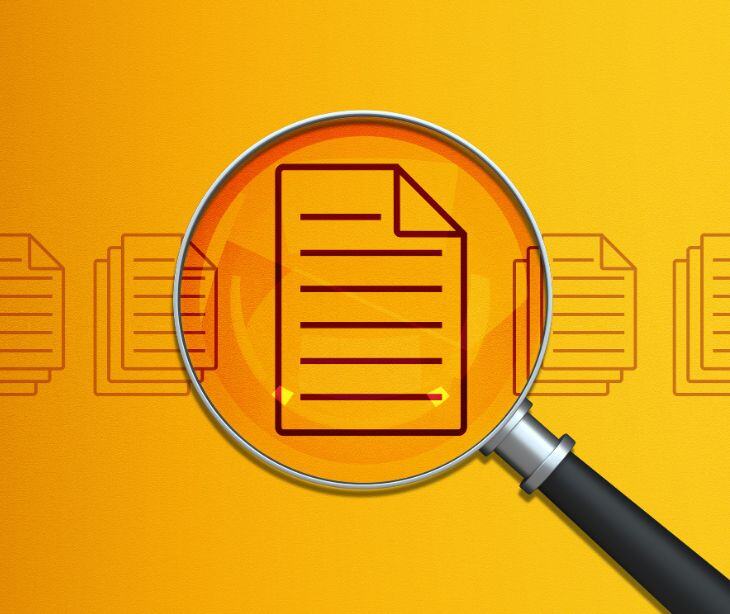2 min read
HIPAA compliant email and ease in child psychiatric diagnosis
Kirsten Peremore
July 04, 2024

HIPAA compliant email allows therapists, psychiatrists, and other healthcare professionals to be involved in child and adolescent diagnostic assessment to share information quickly and safely. Patients, especially ones with critical cases influencing learning or behavior, can receive the care they need that much faster while parents have the assurance that their child's information is safe throughout the process.
The nature of child and adolescent diagnosis
The child and adolescent psychiatric diagnostic process is a thorough evaluation designed to understand a young person's mental health and identify any underlying issues. A research study published in BMC Child and Adolescent Psychiatry and Mental Health segues into an introduction of the purpose of these diagnoses in early development, “Appropriate diagnosis is essential for providing good medical and psychological treatments and for psychoeducation, i.e. helping patients and their families to recognize and understand symptoms. Valid and accurate diagnoses are also stipulated in treatment protocols and are prerequisites for planning accurate interventions.” The journey typically begins with a referral from a general practitioner (GP), pediatrician, or school counselor.
The diagnostic team often includes child and adolescent psychiatrists, psychologists, social workers, and sometimes educational specialists. These professionals conduct a series of assessments, including clinical interviews, psychological testing, and behavioral observations. Parents and caregivers provide detailed information about the child's developmental history, behavior, and family dynamics. The child also participates in the process, sharing their experiences and feelings.
Together, the collaborative effort allows child psychiatrists to create a comprehensive understanding of the child's mental health. The outcome of this process is a diagnosis that informs a personalized treatment plan, which may include therapy, medication, educational support, or a combination of these approaches.
Communication within the diagnosis process
Clear communication allows all professionals involved, psychiatrists, psychologists, social workers, and educators, to clearly understand the case at hand. This harmonized perception develops a tailored treatment plan that specifically addresses the unique needs of the child. When this plan is then communicated effectively with the child and their family the unease that accompanies this process is eased. Practitioners can expect more precise assessments when patients are in an open environment of openness and candidness.
The path to seamless communication is not without challenges. Differing terminologies and perspectives among professionals from various disciplines can often lead to misunderstandings or gaps in information sharing. Compounding this, medical jargon and complex diagnostic terms can overwhelm families, making it difficult for them to grasp the nuances of the situation and how best to support their child. Additionally, logistical issues such as scheduling conflicts and delays in the transfer of information between multiple care providers can further obstruct timely and effective communication.
This is where an effective and reliable form of communication becomes necessary.
How to use email to make communication easier
- Use secure HIPAA compliant emails to send personalized feedback forms to parents post diagnostic sessions, inviting them to share their insights and any notable changes they observe in their child’s behavior.
- Set up a dedicated secure email newsletter for the diagnostic team to exchange the latest insights and advancements in child psychiatry, enriching each member's approach to ongoing cases.
- Create a communal email inbox accessible to all team members, where quick notes or session observations can be dropped off.
- Implement real time email alerts to promptly notify team members of developments in high priority cases.
- Develop a series of standardized email templates for routine communications to parents, such as procedural updates or general wellness tips, which saves time and ensures consistent messaging.
- Distribute a monthly digest via HIPAA compliant email to parents, summarizing cutting edge research and developments in child psychiatry that might impact their child’s ongoing treatment.
- Adopt a structured email protocol for documenting and sharing session interventions and outcomes.
See also: Top 12 HIPAA compliant email services.
FAQs
Does HIPAA apply to school psychologists?
HIPAA applies to school psychologists if they transmit any protected health information electronically in connection with transactions for which the U.S. Department of Health and Human Services has adopted standards.
What is a standardized email?
A standardized email is a pre-formatted email template used to ensure consistency and efficiency in communications, often used for routine messages or updates.
Who provides the diagnosis in the child and adolescent diagnostic assessment?
The diagnosis in the child and adolescent diagnostic assessment is typically provided by a trained mental health professional, such as a child psychiatrist or psychologist.
Subscribe to Paubox Weekly
Every Friday we'll bring you the most important news from Paubox. Our aim is to make you smarter, faster.



